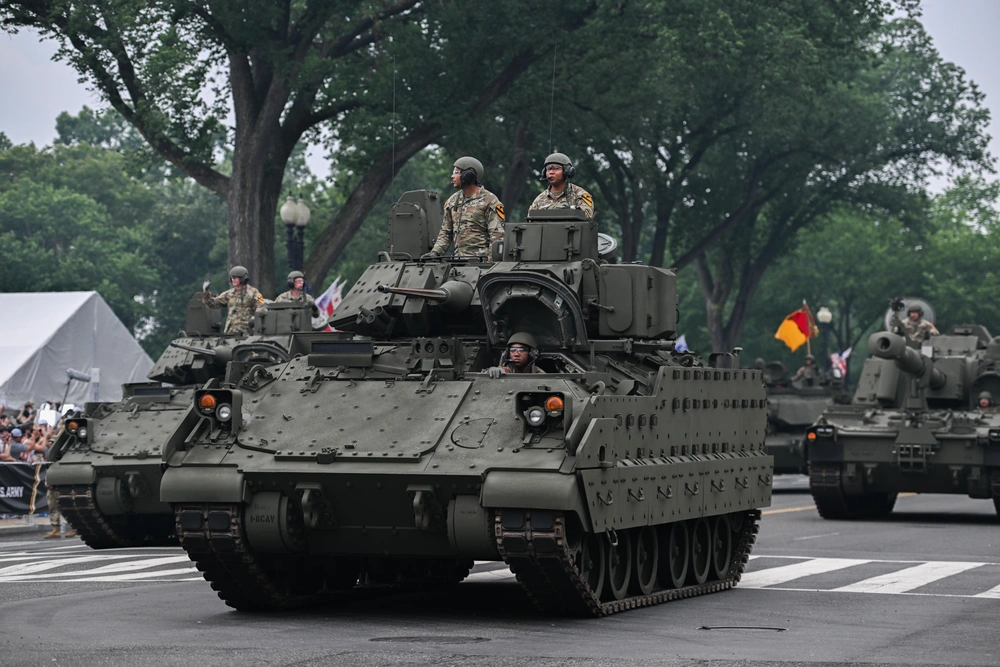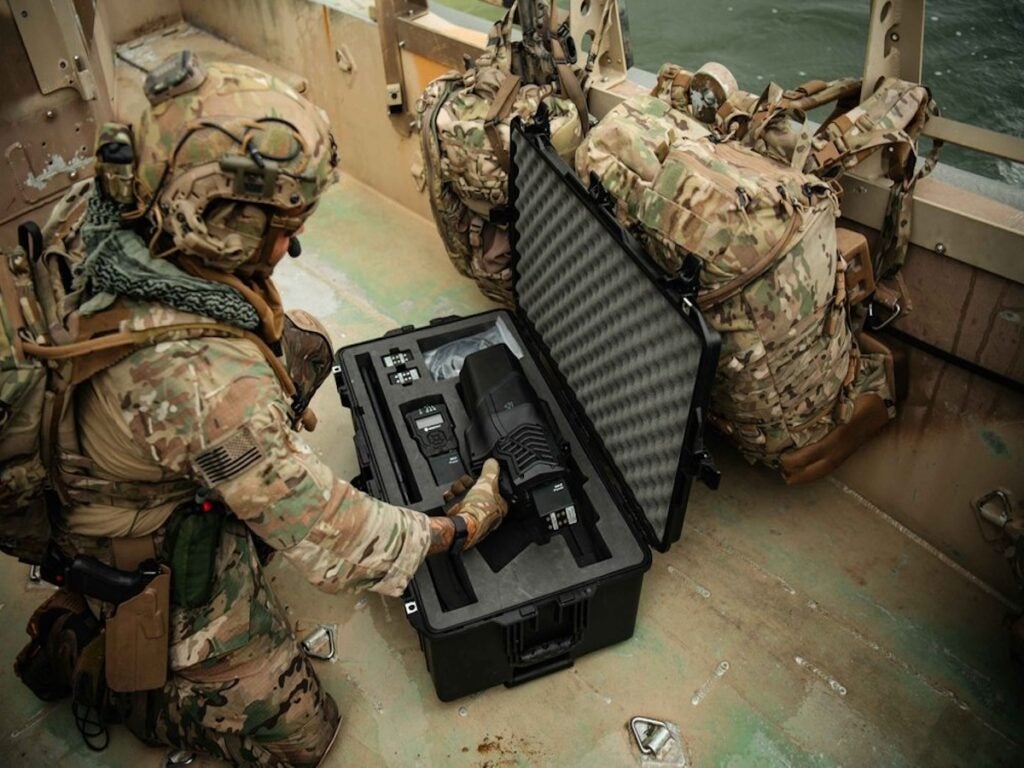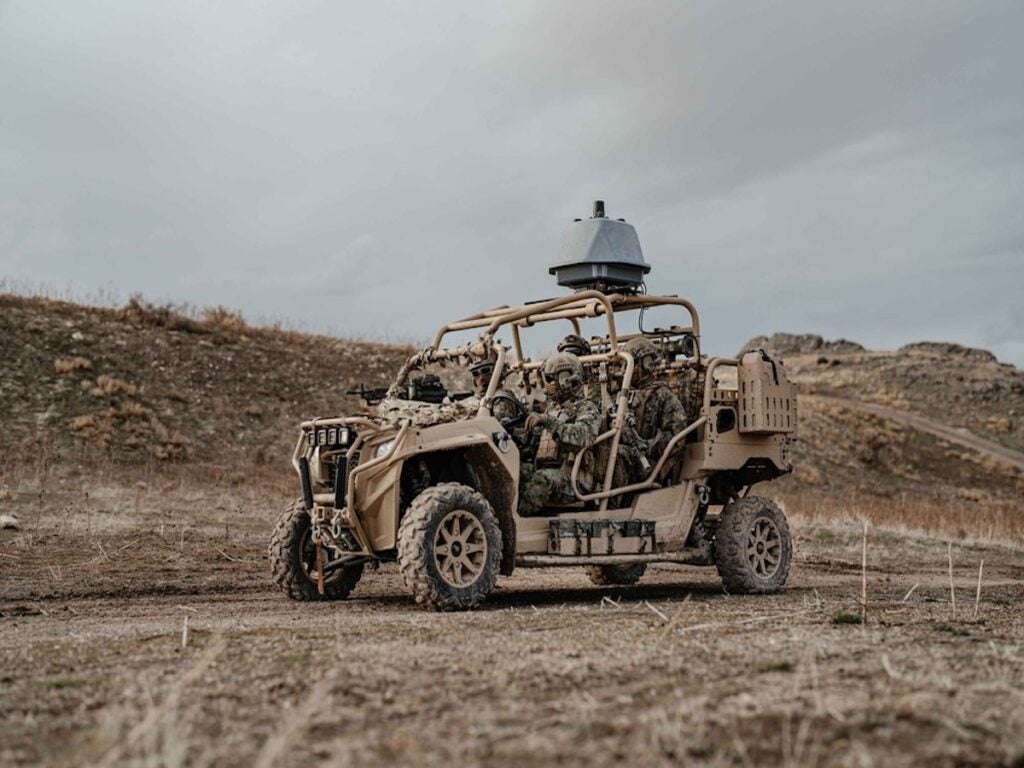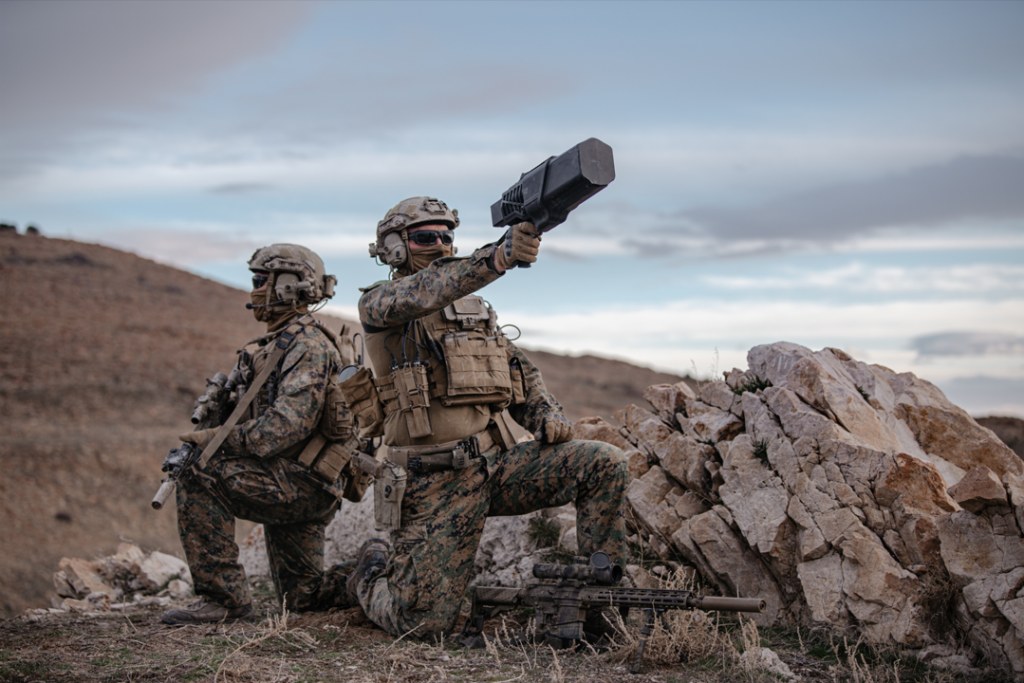Drone Defense in Focus: A Conversation with DroneShield CEO Matt McCrann
On June 6th, President Trump issued two related executive orders titled Unleashing American Drone Dominance and Restoring American Airspace Sovereignty aimed at ensuring “continued American leadership in the development, commercialization, and export of unmanned aircraft systems (UAS)”.
The orders introduced provisions which should support the commercialization of drones in America. The FAA was ordered to prepare new rules allowing commercial use of drones beyond visual range and to streamline and simplify rules for drone use. Additionally, further support for the American drone industry was announced. Going forward, drone manufacturers will be prioritized for loans, investment, market access facilitation, and technical support, albeit the details for how this will be implemented remain unclear. Drone supply chains are set to be reviewed on a quick timeline, and the greenlighting of American-manufactured drones for military use will be expedited.

Overt Defense spoke with DroneShield USA CEO Matt McCrann to unpack the implications of these orders and explore the broader landscape of drone security in the United States. Matt has been with DroneShield for about six years; the company provides counter-UAS solutions for military, law enforcement, and critical infrastructure personnel around the world. Generally, Matt was very positive about the order.
“The executive orders that were released, I think they were a good step forward. I think the administration’s been very clear on their priorities and emphasis on a domestic UAS capability, so beefing up the drone industry as a whole and obviously we’re indirectly affected by that being the counter UAS counter drone. So, I think it’s good, I think it’s much needed. It’s something that’s had a lot of talk around it in the previous years and finally, the executive orders kind of solidify our position as a government, our position and commitment to the industry and then also the future of not only commercial development but also defense.”
According to Matt, the focus on drones and counter-UAS is not new and is a bipartisan issue which can be seen as spanning administrations. However, the importance of it has grown in recent years, culminating in the recent executive orders.
“I think what we’re seeing recently now is the alignment of budget and prioritization against or for drones and counter drone use and what another notable difference is probably the emphasis on the speed of adopting these technologies.”

Matt emphasized that while the new executive orders represent long-awaited progress, they leave several operational and legal questions unresolved—particularly for state and local agencies.
“There’s always been a lot of ambiguity as far as whether state and local governments can even use technologies like the solutions we provide. It always fell into a gray area. What the executive orders have done is make it pretty clear that detection and situational awareness tools are authorized—and that’s a huge step forward. It means law enforcement and critical infrastructure operators can now lean forward in adopting those capabilities.”
However, local authorities still often lack the legal and practical abilities to respond to a drone threat after it’s detected.
“What’s still unclear is the path for responding to drones in restricted airspace. Detection is a crucial first step, but it’s not a complete solution. Without a legal or procedural framework for action, you’re often stuck in a monitoring posture, which is frustrating for those trying to protect people and property; you can have a high-end detection system, but if your personnel don’t have the training or legal backing to intervene, you’re left with awareness and no agency. That’s a dangerous place to be in today’s threat environment.”
One reason for the heightened urgency is how much the threat has evolved. Matt argues that drones are unlike traditional security risks because of how accessible and versatile they are.
“It’s about access and standoff. Someone can acquire a drone off-the-shelf, modify it, and use it for hostile purposes without ever stepping near the target. That’s a big change from a person physically trying to breach a perimeter. It lowers the barrier to entry for adversaries and raises the complexity of the defense.”
And the threat doesn’t need to be kinetic; it can take many other forms.
“You’ve got multiple layers: reconnaissance, espionage, cyber intrusion. We’ve seen drones used for intelligence gathering over sensitive sites, corporate espionage, even testing electronic vulnerabilities. It’s not just kinetic attacks. It’s a spectrum of threat vectors.”
Compounding the problem is that these devices don’t respect borders.
“With drones, you’re crossing jurisdictions in seconds. A drone can fly from one township to the next, from county to county, from state to state, and by the time you’re even aware of it, the question becomes: whose responsibility is it now?”
These jurisdictional issues feed into broader concerns about coordination between agencies at different levels of government. Matt says the federal government has made strides in coordination for major events, but most venues remain exposed.
“At something like the Super Bowl, you’ll see coordinated airspace restrictions, FAA involvement, and even counter-drone capability from federal agencies. But how many of those events are there? Meanwhile, you’ve got dozens of other gatherings such as concerts, fairs and parades where there’s no process in place, no precedent, and no equipment. Let’s say there’s a Little League game and a drone appears overhead. The most you can do is call it in and hope someone can trace the pilot. But if local law enforcement doesn’t have detection or localization capabilities, it ends there. You just watch it.”

DroneShield’s aim, he says, is to close that gap by providing tools that are both effective and simple to use.
“We’re a tool to help the operator accomplish an objective. The tech is important, sure, but the focus is on the user. We can’t expect every police officer or security guard to be a counter-UAS engineer. So we design for simplicity and train for practical deployment. If you need months of training, it’s already too complicated.”
And, depending on who these operators are, they may need very different kinds of counter-UAS solutions.
“State and local law enforcement are often your early adopters. They need portable systems—tools that can go with a patrol unit and help locate a suspicious drone or its operator. Cities, on the other hand, need a broader view and a persistent understanding of what’s in their airspace at any given time.”
The military is in a whole other category.
“In a combat zone, you’re not talking about hobbyist drones anymore. You’re talking about one-way attack drones. So you need not just to detect and classify the threat but actively defeat it. You need protection for personnel, for forward operating bases, for infrastructure.”

With that, I asked Matt what he thinks the next policy priorities should be.
“Speed. It comes down to the rate of adoption. The threat evolves every six months, but our procurement cycles are still on a multi-year timeline. That’s a mismatch. You’ll always be behind unless you reform how you acquire and field technology.”
He also emphasized the importance of pairing technology with training.
“You can’t just drop systems into the field and hope they’re used properly. Training has to be part of any acquisition strategy. Clear guidance, accessible instruction, and continuous support are what make adoption successful.”

Moreover, Matt believes that local responsibilities for drones and airspace must be expanded, and that local institutions must be empowered to carry out these responsibilities.
“The federal government can’t be everywhere. The path forward is empowering state and local agencies with both the tools and the authority to act. That’s going to take legislative clarity, but also trust that these agencies can be partners in national airspace security.”
However, despite the complexity of the threat, Matt is optimistic about where the industry and DroneShield are headed.
“We’re excited about what’s next. There are some next-gen products in the pipeline built from lessons learned on deployment and operator feedback. And with sensor fusion and AI capabilities growing fast, I think we’re on the verge of something transformative. The ultimate goal isn’t just to build better tech. It’s to make that tech available, scalable, usable, and in the right hands before the threat shows up. That’s the challenge, and we’re committed to solving it.”
You can read the text of the recent executive orders here and here.
The views expressed in this article do not necessarily reflect the views of Overt Defense.

